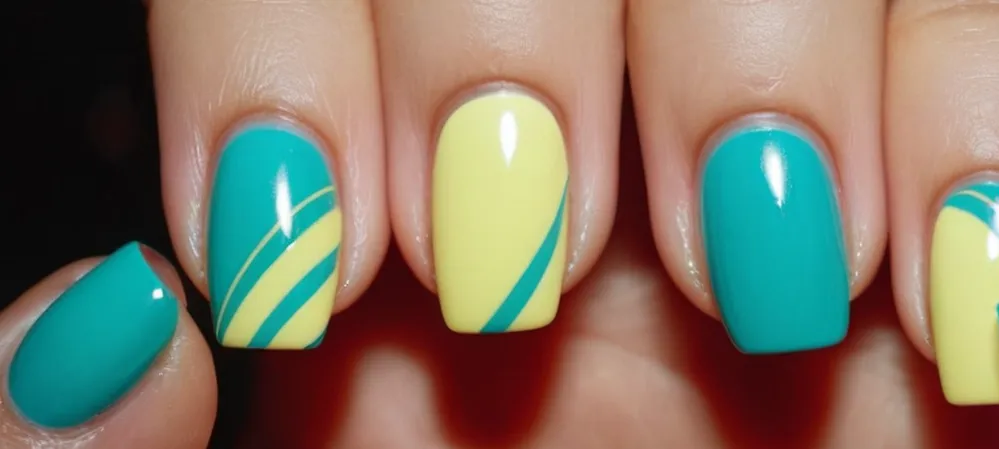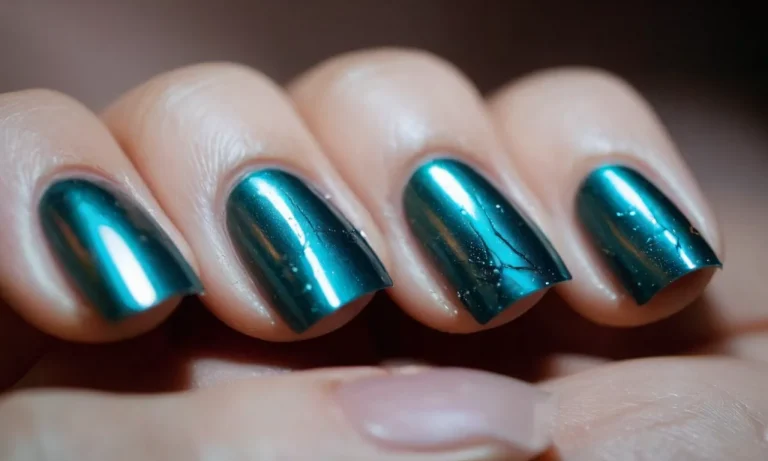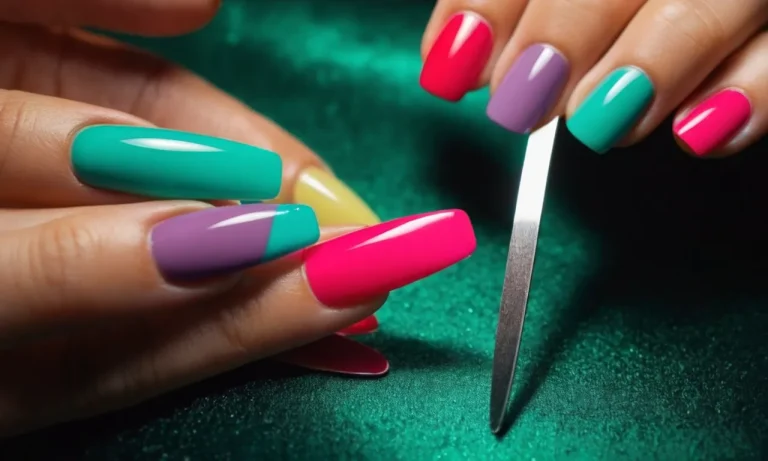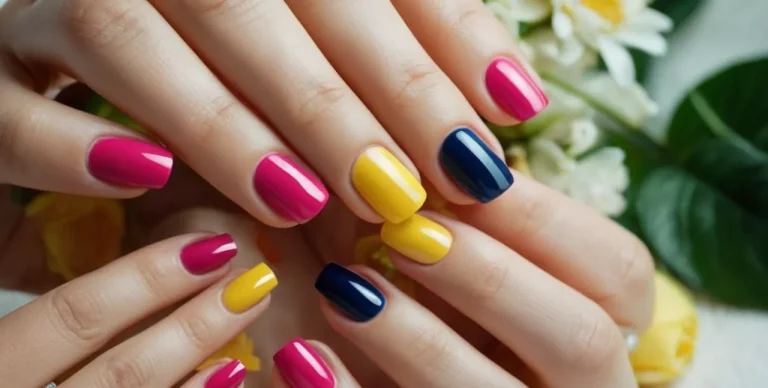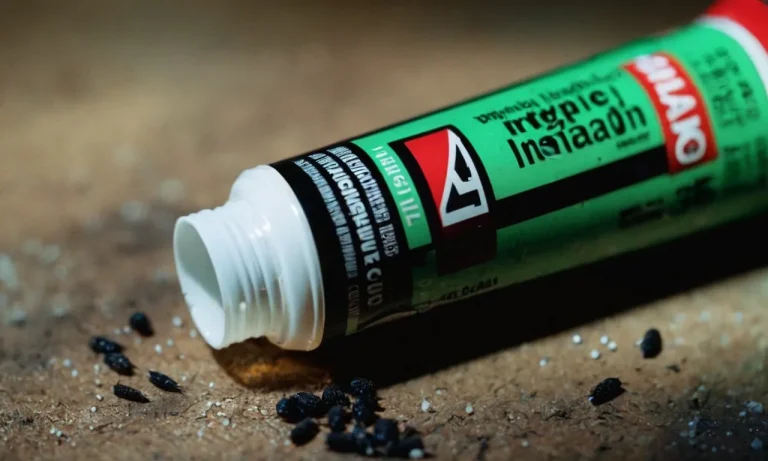Can Acrylic Nails Cause Cancer? A Detailed Look
Acrylic nails have become an increasingly popular nail enhancement option for many women around the world. With their ability to extend the length of natural nails and allow for intricate designs, it’s no wonder acrylics have gained widespread appeal.
However, some concerns have been raised over the potential link between acrylic nails and cancer risk.
If you’re short on time, here’s a quick answer to your question: There is no conclusive evidence that acrylic nails themselves cause cancer. However, long-term exposure to chemicals used during acrylic nail application may be associated with an increased cancer risk in both clients and technicians.
In this comprehensive article, we will analyze multiple scientific studies to understand whether the acrylic nail process involves any carcinogenic (cancer-causing) risks. We’ll look at the different types of chemicals used and their potential health effects.
We’ll also overview any links found between acrylics and various cancer types. By the end, you’ll have a detailed understanding of the latest research on acrylic nails and cancer.
Background on Acrylic Nails
What Are Acrylic Nails?
Acrylic nails are a popular artificial nail option that consists of a combination of acrylic powder and liquid monomer. The powder contains a polymer, such as polymethyl methacrylate (PMMA), and the liquid contains methacrylic acid monomers.
When the acrylic powder and liquid are mixed together, the monomers turn into polymers in a process called polymerization, creating a durable, plastic-like material that can be shaped and formed into artificial nails.
Acrylic nails allow people to have beautiful, stylish nails that can be shaped into various lengths and designs. The acrylic mixture helps create thick, strong nail enhancements that are durable and long-lasting compared to other types of artificial nails.
Acrylic nails can extend the natural nail beyond the fingertip for a more dramatic look. People love acrylics because they allow for endless creativity with nail art, shapes, and colors.
How Are Acrylic Nails Applied?
Applying acrylic nails is a multi-step process that is usually done by professional nail technicians at salons or spas. Here is an overview of the acrylic nail application process:
- Prepare the natural nails – The nails are cleaned, shaped, and roughened up with a file so the acrylic product will adhere better.
- Apply primer – A dehydrator/primer solution is applied so the acrylic bonds optimally with the natural nail.
- Apply acrylic – The nail technician mixes the acrylic powder and liquid to create the acrylic mixture, then applies it to the nail and shapes/sculpts it into the desired nail extension using a brush.
- Shape the acrylic – Once hardened, the acrylic nail is filed and shaped to create the preferred length and style.
- Refine the surface – The surface is smoothed out and made shiny using buffing tools and nail files.
- Apply finish – A clear acrylic top coat is applied over the acrylic nail to seal in color and provide shine.
The process takes time and skill, which is why getting a quality set of acrylics applied by a seasoned professional is recommended. Maintaining acrylics also requires diligent filling, shaping, and reapplying every 2-3 weeks as the natural nail grows out.
Chemicals Used in Acrylic Nails
Methyl Methacrylate
Methyl methacrylate, sometimes abbreviated MMA, is an acrylic chemical commonly used in acrylic nail products. It acts as a binding agent, helping the acrylic powder adhere to the natural nail surface.
However, MMA emits a strong odor and can cause irritation, redness, and cracking of the natural nails over time with repeated use.
Some research has raised concerns over MMA and cancer risk. For example, one study found higher rates of lung and liver cancer among workers exposed to MMA over long periods. However, most evidence suggests MMA exposure from occasional acrylic nail use does not significantly increase cancer risk in humans.
Ethyl Methacrylate
Ethyl methacrylate (EMA) is sometimes used as a safer alternative to MMA in acrylic nail products. Like MMA, EMA helps bond the acrylic powder to the natural nails. It tends to produce less odor and irritation than MMA.
Currently, there is limited evidence on whether EMA specifically can cause cancer. Some research has linked other methacrylate compounds to cancer formation with high occupational exposure levels. But occasional, low-level EMA exposure, as occurs with acrylic nail use, is not associated with increased cancer risk.
Toluene
Toluene is added to some acrylic nail glues and acts as a thinning agent. This allows the product to brush on smoothly. However, high concentration toluene exposure is linked to headaches, dizziness, and irritation of the eyes, nose, and throat.
A few studies have suggested a potential association between long-term, high-level toluene exposure and cancer risk. But there is no evidence showing toluene exposure from occasional manicures increases cancer risk. Using nail salons with proper ventilation minimizes exposure.
Dibutyl Phthalate
Dibutyl phthalate (DBP) helps make nail polishes and acrylic powders more flexible and durable. However, it is known to disrupt hormone function. Some research also suggests DBP may play a role in breast and reproductive system cancers.
Currently, using DBP in cosmetics manufacturing is banned in the EU. Experts recommend avoiding acrylic products listing DBP and opting for “3-free” or “5-free” polishes free of DBP and other concerning chemicals.
Formaldehyde
Some early acrylic nail products contained formaldehyde, which helps harden and set acrylic nail material. Formaldehyde is classified as a human carcinogen and can cause eye and respiratory irritation.
While many modern acrylic nail products are now formulated without formaldehyde, exposure may still occur with use of some older supplies or lower-quality products. Selecting salons that use high-quality formaldehyde-free acrylic products is recommended for minimizing cancer and irritation risks.
Studies on Cancer Risk
Cancer in Nail Technicians
Several studies have examined the risk of cancer among nail technicians who are exposed to acrylic nails and nail products on a regular basis. A large study of over 48,000 nail technicians in the United States found higher than expected rates of lung, laryngeal, bladder, and cervical cancers compared to the general population (1).
The suspected culprits are dust and vapors from acrylic powders and liquids which contain known carcinogens and irritants.
Another study followed over 46,000 manicurists and pedicurists in California for 16 years (2). Researchers found a small but significant increase in the rates of cervical, vulvar, and vaginal cancers among these workers compared to the general public.
The use of certain solvents in salons could be a contributing factor.
However, not all studies have found strong links between working with acrylic nails and increased cancer risk. More research is still needed to fully understand the potential long-term health effects for nail technicians.
Cancer in Acrylic Nail Clients
What about the risk for people who simply get acrylic nails applied in salons – are they also more likely to get cancer? So far, research on cancer rates in acrylic nail clients has been very limited.
One small study looked at women who had acrylic nails applied regularly for at least 3 years (3). They did not find higher rates of cancer compared to women who did not use acrylic nails. However, the study was too small to rule out a modest increase in risk.
Links to Specific Cancer Types
Most studies looking at acrylic nails and cancer risk have focused on lung, bladder, cervical, and vulvar cancers. This seems logical given the way technicians and clients are exposed to acrylic vapor, dust, and residue:
- Lung cancer may be linked to inhaling acrylic powders and vapors
- Bladder cancer could develop after inhaled acrylic chemicals are processed by the kidneys and excreted in urine
- Cervical and vulvar cancers may be associated with accumulation of acrylic residue in the genital area
There is some evidence tying acrylic nail use to increased risk of melanoma and breast cancers as well (4, 5). But overall, research is still sparse on connections to specific cancer types. More studies tracking the incidence of various cancers over many years would provide valuable insights.
Tips for Safe Acrylic Nail Use
Proper Ventilation
Proper ventilation is crucial when applying or removing acrylic nails to avoid breathing in dangerous chemical fumes. Salons should have external ventilation systems that actively circulate fresh air from outside throughout the workspace. Open windows are not enough.
Tabletop air purifiers positioned close to the customer’s hands can also filter out chemical vapors. Technicians should avoid holding their breath during filing or buffing and take occasional breaks for some fresh air.
Gloves and Masks
Technicians should wear nitrile gloves when handling acrylic products to avoid skin contact that may cause dermatitis or allergic reactions over time. Customers may also wish to wear gloves during the appointment.
Dust masks can protect against breathing in tiny nail particles generated during filing and buffing. Salon owners should provide proper protective equipment and train staff on its importance.
High-Quality Salons
Choosing a reputable, high-quality nail salon with licensed technicians helps reduce many risks associated with acrylics. These salons are more likely to:
- Properly disinfect workstations between clients
- Use top-quality acrylic products with less harsh ingredients
- Have specialized ventilation at tables
- Follow safety best practices during applications/removals
Reviews, awards, certification status, and before/after photos can help identify excellent salons.
Avoid Overfiling
Overfiling natural nails and acrylic extensions during fills, removals, or refills should be avoided. Aggressive filing weakens and thins the nails, making them prone to cracking and breaking. It also generates more dust and debris to breathe.
Instead, technicians should:
- Use gentler manual and electric file motions
- Know when to stop filing before reaching the nail bed
- Use nail clippers and scissors when possible
Customers can also politely speak up if filing seems excessive.
Conclusion
While acrylic nails themselves are unlikely to directly cause cancer, there are some chemicals involved in the acrylic nail process that may carry carcinogenic risks with long-term exposure. However, by taking precautions like using proper ventilation, masks, and high-quality salons, any potential risks can likely be minimized.
Overall, occasional or short-term use of acrylic nails is considered low-risk for cancer by most experts. But those getting acrylics regularly over many years, especially technicians, should be aware of chemical exposure hazards to make informed choices about their nail care.

